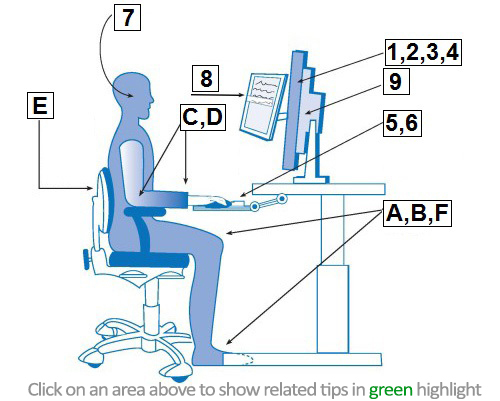Occupational Health and Safety
4301 W. Markham Street, Slot #617, Little Rock, AR 72205
Phone: (501) 686-5536
Campus Operations Call Center • Phone: (501) 526-0000 • 24 hours a day / 7 days a week
4301 W. Markham Street, Slot #617, Little Rock, AR 72205
Phone: (501) 686-5536
Campus Operations Call Center • Phone: (501) 526-0000 • 24 hours a day / 7 days a week


